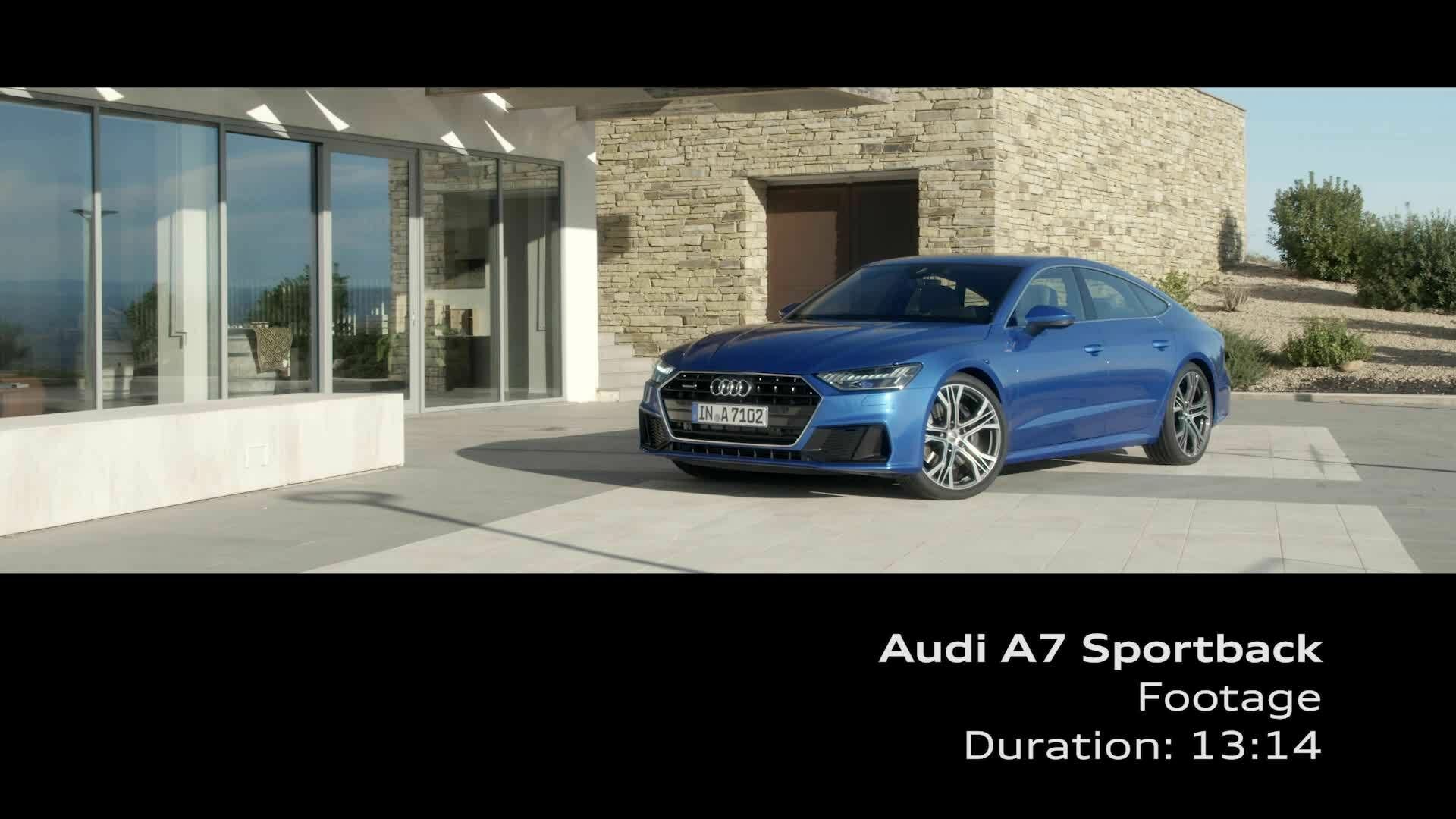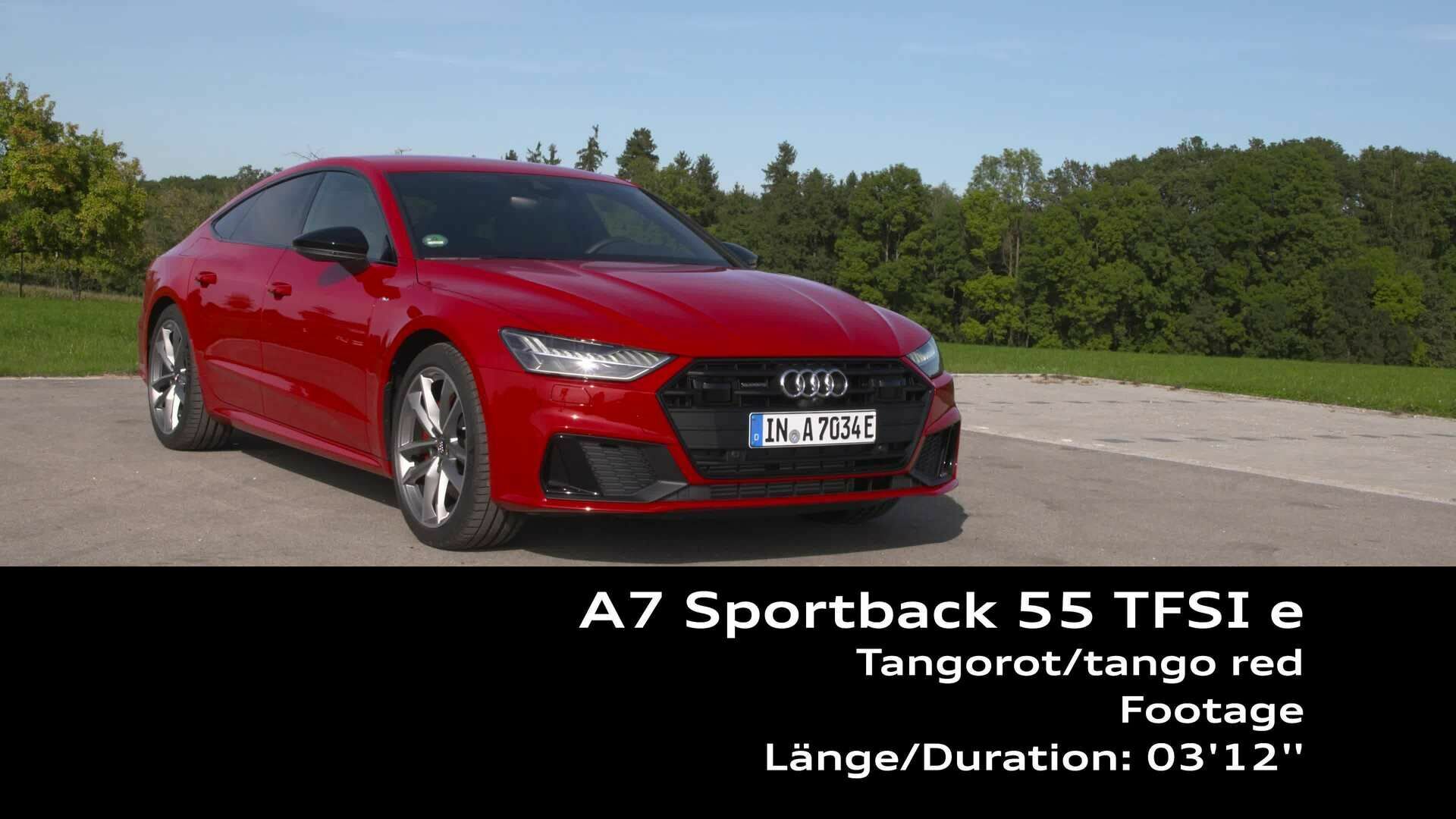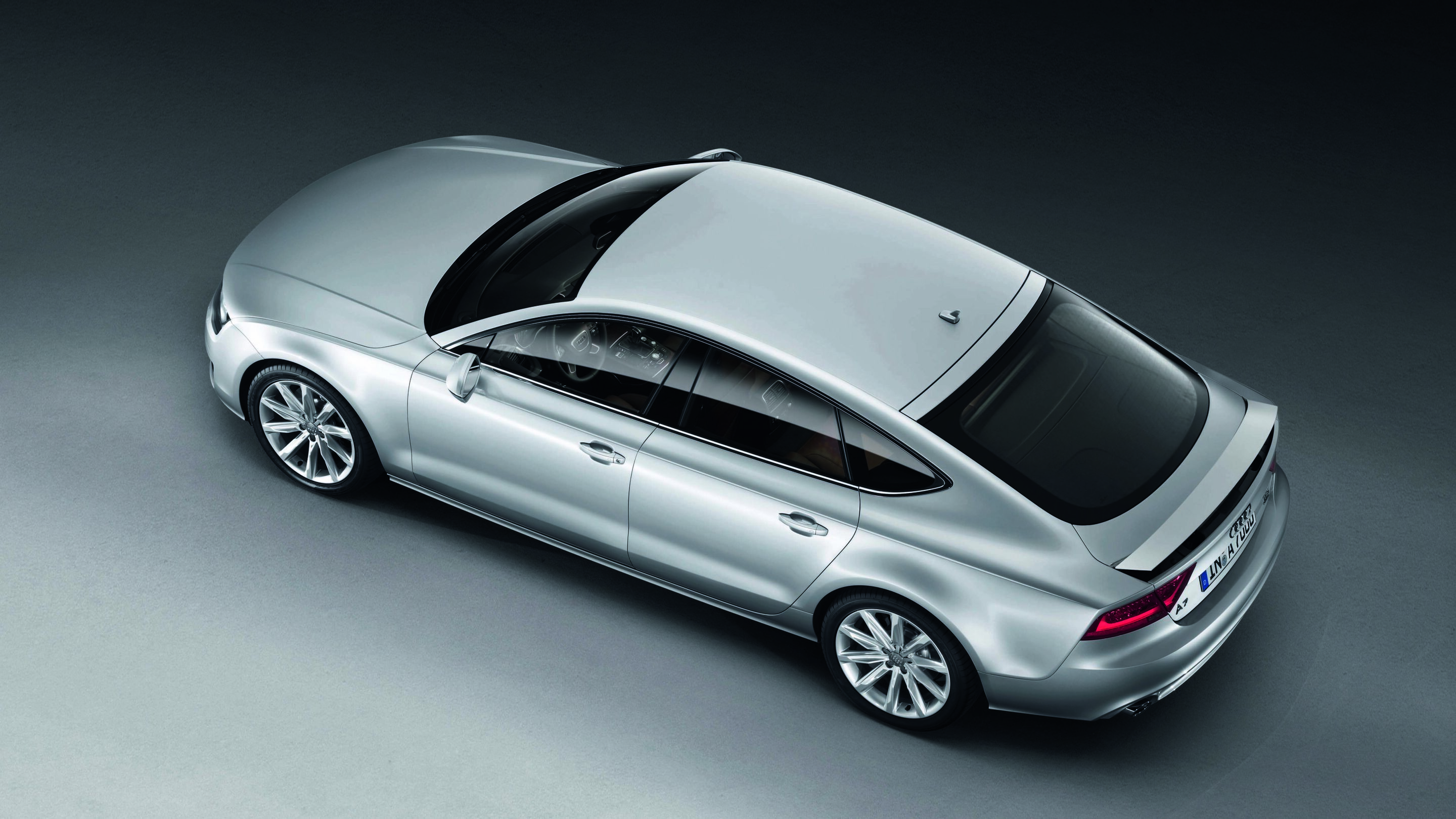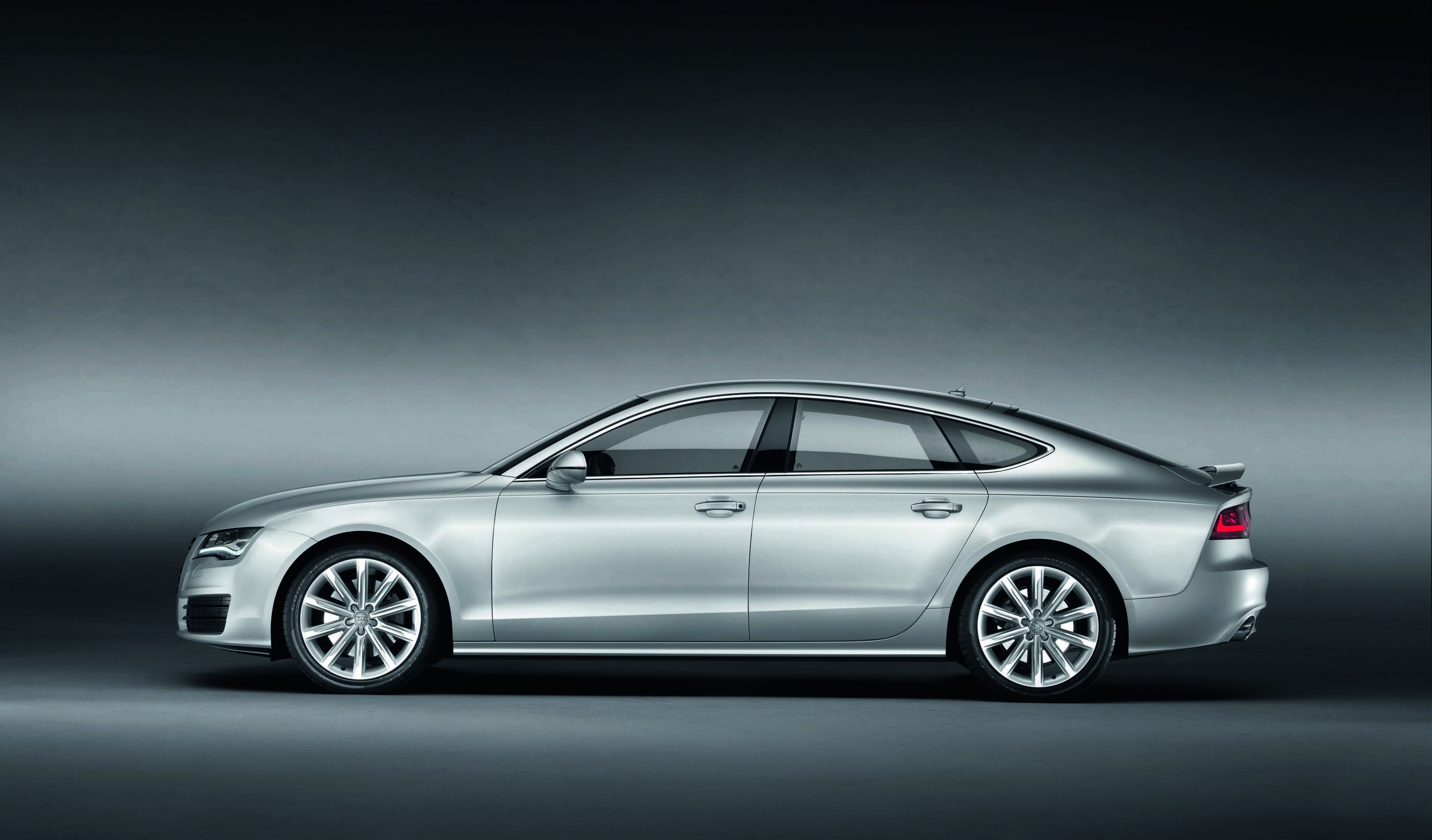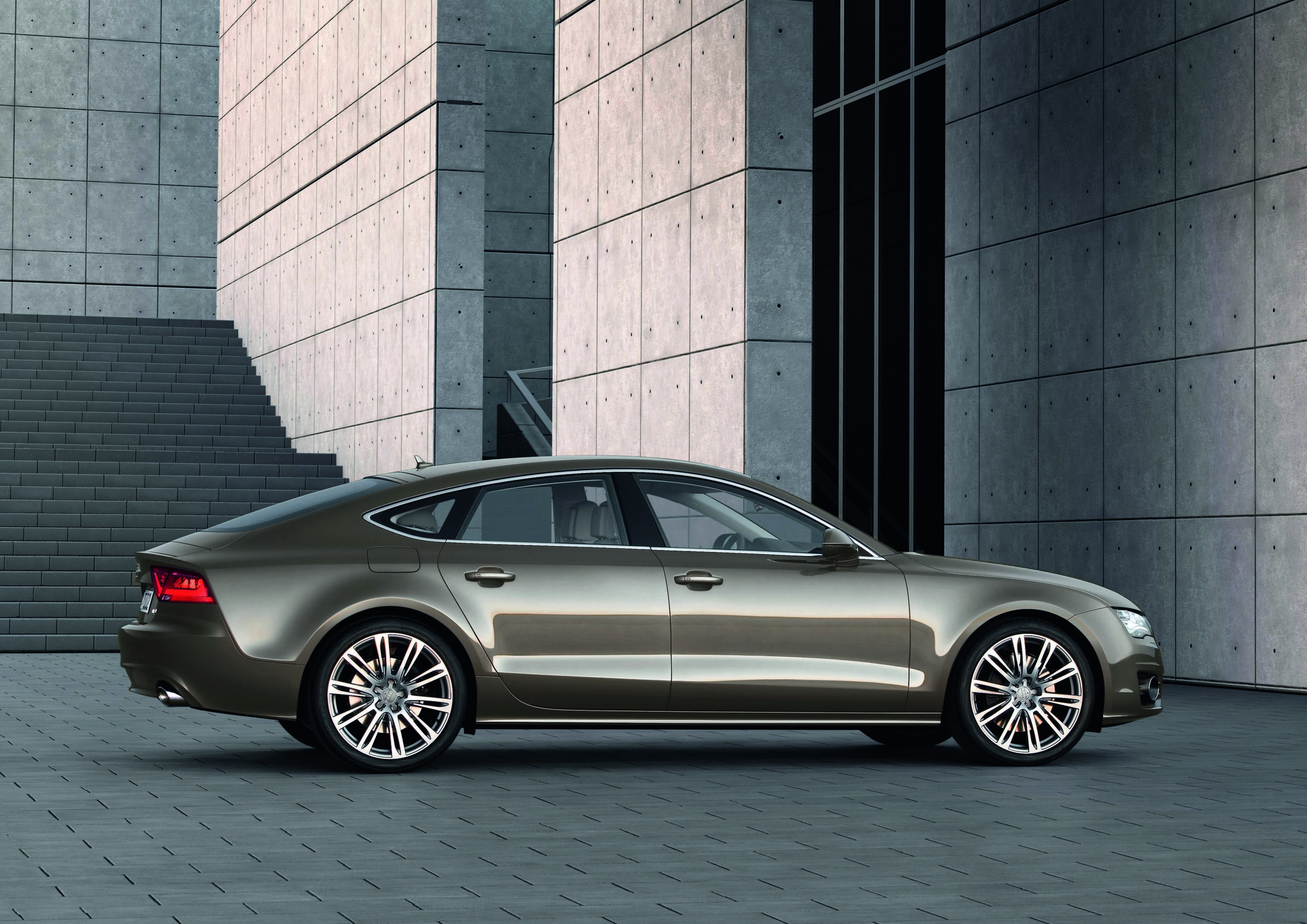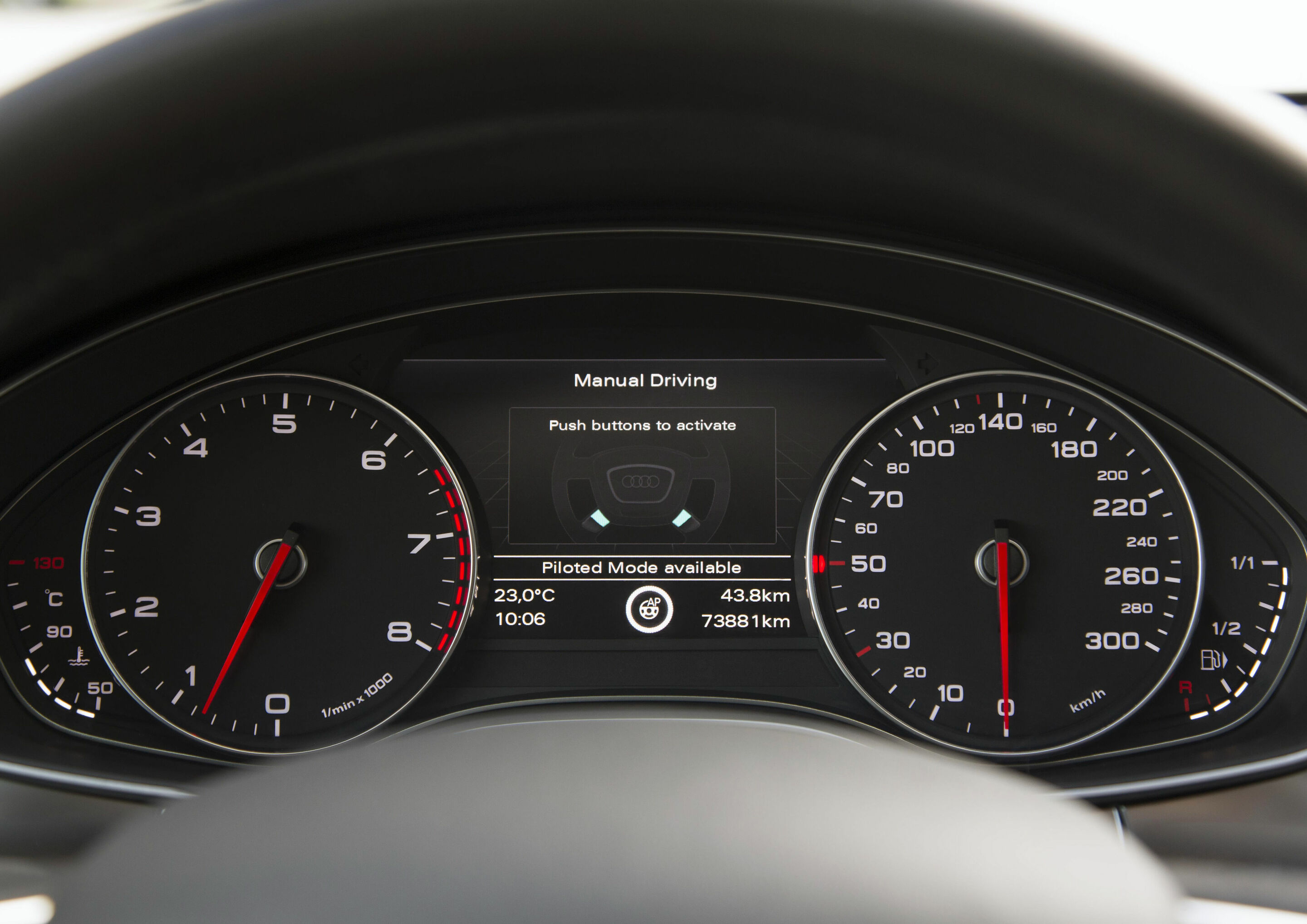Search
All search results for "A7"
(140)
 The new Audi A7 Sportback
The new Audi A7 Sportback
The following link will take you to the press kit, where you will find all information about the new Audi A7 Sportback. www.audi-mediacenter.com/en/presskits/audi-a7-sportback-9591

Audi A7 (until 2025)
Aesthetically athletic, emotion-packed design, sporty character and innovative technology: the Audi A7 marries the strengths of a Coupé with those of a Sedan and an Avant.
To the current Audi A6
Click here to get to the current models of the successor to the Audi A7, the Audi A6.
Audi Tradition
If you would like to know more about the Audi model history, please go to: Services of Audi Tradition You can also contact the experts of Audi Tradition directly at: audi.tradition@audi.de

Audi A7 Sportback (until 2025)
Aesthetically athletic, emotion-packed design, sporty character and innovative technology: the Audi A7 Sportback marries the strengths of a Coupé with those of a Sedan and an Avant.
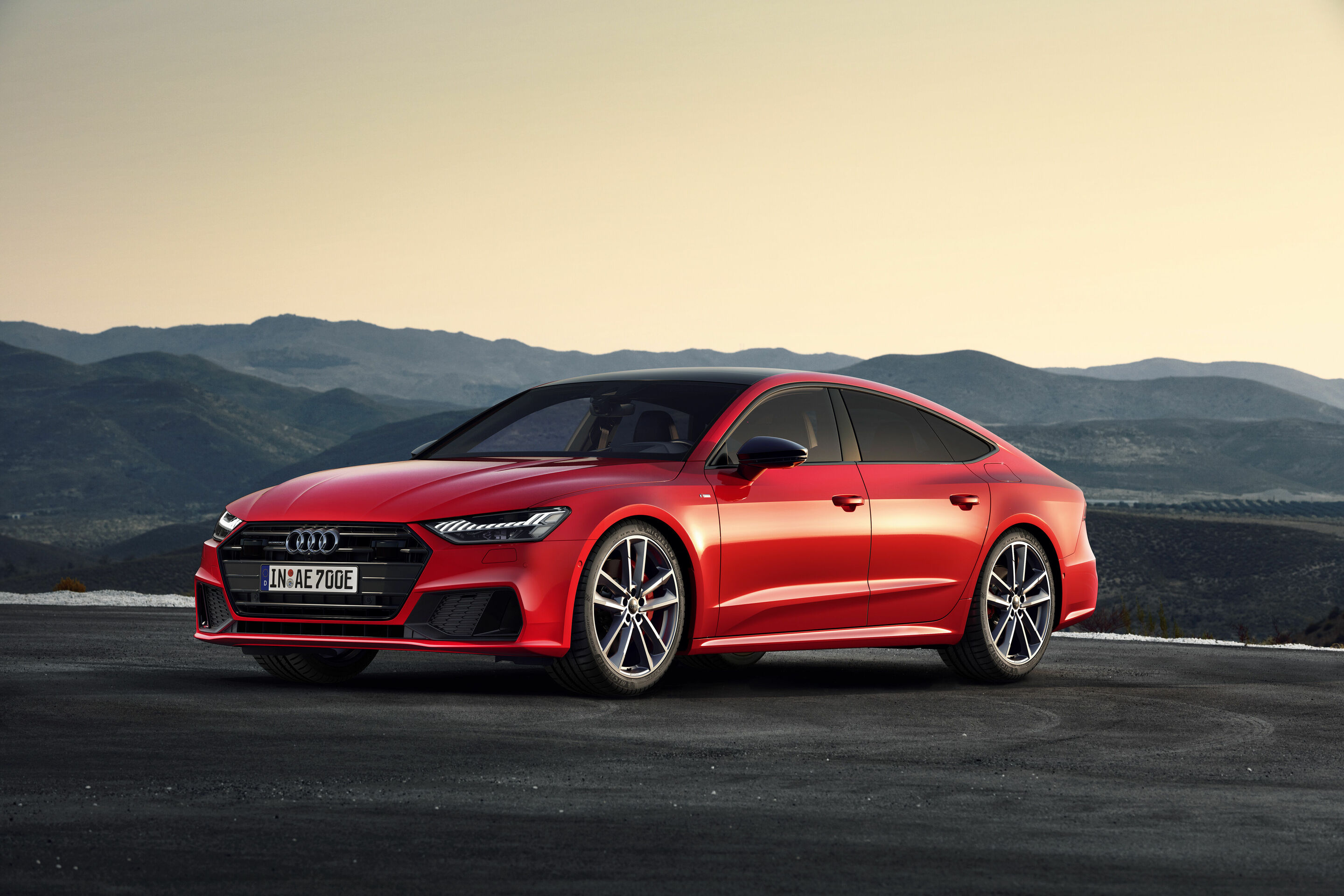
Audi A7 Sportback TFSI e quattro (until 2025)
Audi is systematically continuing its electrification strategy and also offers its large four-door coupé as a powerful and efficient PHEV. The intelligent drive management featuring a predictive operating strategy delivers a high electric range, low fuel consumption, and dynamic driving performance. The new Audi A7 Sportback 55 TFSI e combines all that with a system output of 270 kW (376 PS).

The second-generation A7 Sportback is the essence of Audi’s new design language and brings the show car design of the prologue studies to production. The four-door coupé is full of innovations – in terms of networking and digitalization, the sporty-confident driving experience, as well as its versatile space concept.
 Dimensions A7 Sportback
Dimensions A7 Sportback
Audi A7 Sportback Abmessungen Dimensions 05/23 2 1 1 4 2 2 1651 1908 1637 10 26 * 94 9 960 2118 927 2926 1 5 2 5 1 4 5 3 2 1 1 4 9 0 1 4 2 1 1116 1175 1 0 5 0 6 6 9 4969 2 * maximaler Kopfraum / Maximum headroom Angaben in Millimeter / Dimensions in millimeters Angabe der Abmessungen bei Fahrzeugleergewicht / Dimensions of vehicle unloaded Bei den angegeben Werten handelt es sich um auf Datenbasis ermittelte Nominalwerte. Sie basieren auf zum Zeitpunkt der Ermittlung vorliegenden Datenständen und definierter Ausstattungsvariante. The indicated values are data based nominal values. They refer to the present data sets at the date of the determination and a defined set of equipment 1 Breite Ellbogenraum / Elbow width Breite Schulterraum / Shoulder width
 Dimensions A7 Sportback TFSI e
Dimensions A7 Sportback TFSI e
Audi A7 Sportback TFSI e Abmessungen Dimensions 05/23 2 1 1 4 2 1 1651 1908 1637 10 26 * 94 9 960 2118 927 2926 1 5 2 5 1 4 5 3 2 1 1 4 9 0 1 4 2 1 1116 1152 6 6 7 4969 1 0 5 0 2 * maximaler Kopfraum / Maximum headroom Angaben in Millimeter / Dimensions in millimeters Angabe der Abmessungen bei Fahrzeugleergewicht / Dimensions of vehicle unloaded Bei den angegeben Werten handelt es sich um auf Datenbasis ermittelte Nominalwerte. Sie basieren auf zum Zeitpunkt der Ermittlung vorliegenden Datenständen und definierter Ausstattungsvariante. The indicated values are data based nominal values. They refer to the present data sets at the date of the determination and a defined set of equipment 1 Breite Ellbogenraum / Elbow width Breite Schulterraum / Shoulder width

The new Audi A7 Sportback is a new style of Gran Turismo, offering systematic digitalization, a dynamic driving experience and a space concept that combines a wide range of customer requirements. The large four-door coupé is the essence of Audi’s new design language. Progressive sportiness: the exterior design The exterior design of the new A7 Sportback emphatically embodies Audi’s new, progressive design language focused on large surfaces, sharp edges and alternating light and shadows. The wide, low Singleframe grille and prominent air inlets express the dynamic character of the Gran Turismo at first glance. With the two optional headlight variants, twelve separate horizontal lighting strips create the lighting signature. Topping the line are the HD Matrix LED headlights with Audi laser light, which can be recognized by the blue marker in the reflector. Viewed from the side, pronounced contours emphasize the large wheels –a reference to Audi’s quattro genes. The sharply dropping roof line dominates the silhouette. The large coupé is 4.97 meters (16.3 ft) long and 1.91 meters (6.3 ft) wide, but just 1.42 meters (4.7 ft) high. Its rear is tapered like a yacht. A spoiler integrated into the long luggage compartment lid extends electrically at 120 km/h (74.6 mph). A light strip connects the rear lights, whose outer rear lights comprise 13 segments each. When the doors are unlocked or closed, dynamic lighting animations in the rear lights and headlights showcase the Audi A7. Reduction as a stylistic device: the interior design The design language in the interior of the new Audi A7 Sportback is reduced and clean. The horizontal lines and sleek instrument panel convey a feeling of airy spaciousness. The center console is inclined toward the driver and underscores the Gran Turismo’s sporty character. In the interior, the cockpit architecture and the MMI monitor merge to form a homogeneous surface.

